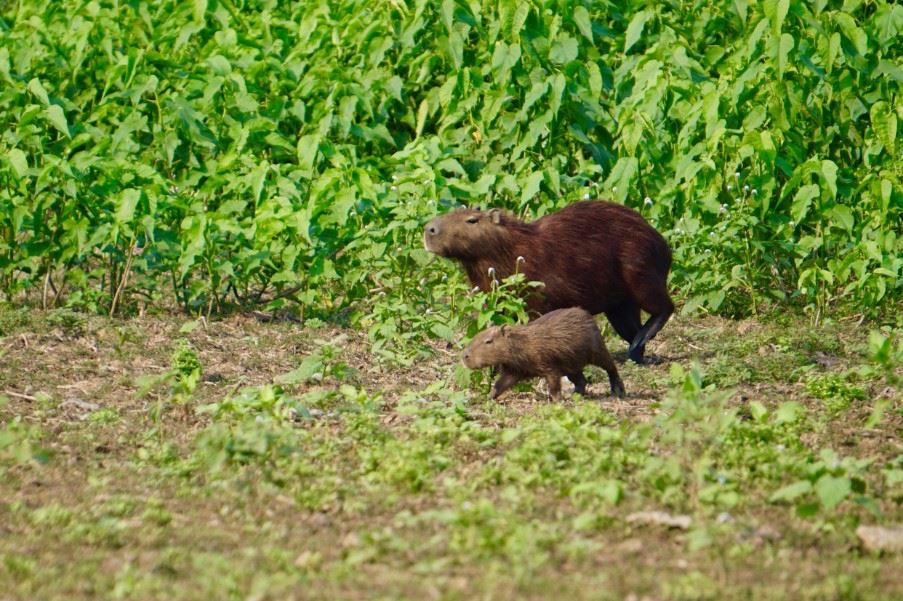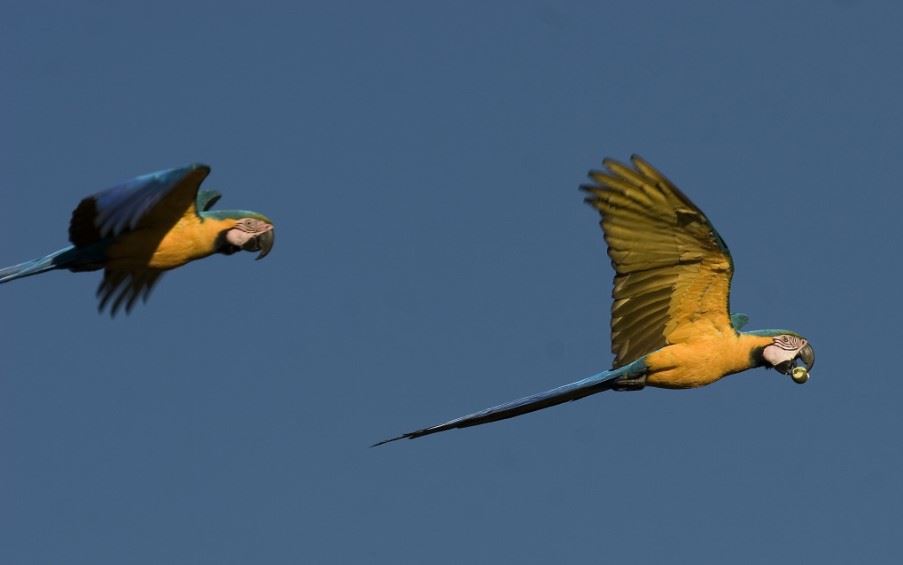How does it compare to other safari areas?
I’ve been incredibly lucky to have had the opportunity to travel extensively throughout Africa as part of my previous job, so my initial instinct was to compare the two. After all, there are several areas in Africa that have similar environments, such as: the Selous Game Reserve (Tanzania) and Lower Zambezi National Park (Zambia), which are also located on large rivers; the Serengeti National Park (Tanzania), which is known for its huge grass plains; and the Okavango Delta (Botswana, which is the next largest seasonal wetland (after the Pantanal). These areas in Africa are renowned for their high concentrations of mega fauna: elephant, giraffe, buffalo, wildebeest and hippo; just to name a few. A huge draw for visitors here is also the opportunity to see big cats, such as: lion, leopard and cheetah. The Pantanal cannot compete in terms of large mammal; but, in fairness, not many wildlife areas outside of Africa can. I soon learned that the flora and fauna in South America is so unique that it is wrong to compare the two and it deserves to be judged on its own merit.
For this reason, the Amazon actually makes for a far better comparison, and lots of wildlife enthusiasts travelling around Brazil will include both areas in their itinerary. I haven’t visited the Amazon yet (I’m due to get there in a couple of months’ time), but from speaking to people who have visited both areas, I understand that it is far easier to see wildlife in the Pantanal, due to the open nature of the landscape.
We stayed just three nights at the Pousada Rio Mutum Pantanal Eco Lodge, and even in such a short space of time we saw some fascinating species - none of which I had seen before – which included tapir; capybara; caiman; pampas deer; a giant ant-eater; an armadillo and giant otters. There is also always a chance of seeing jaguar, puma and ocelot; but these species are very illusive and guests that come here should not come expecting to see them.




